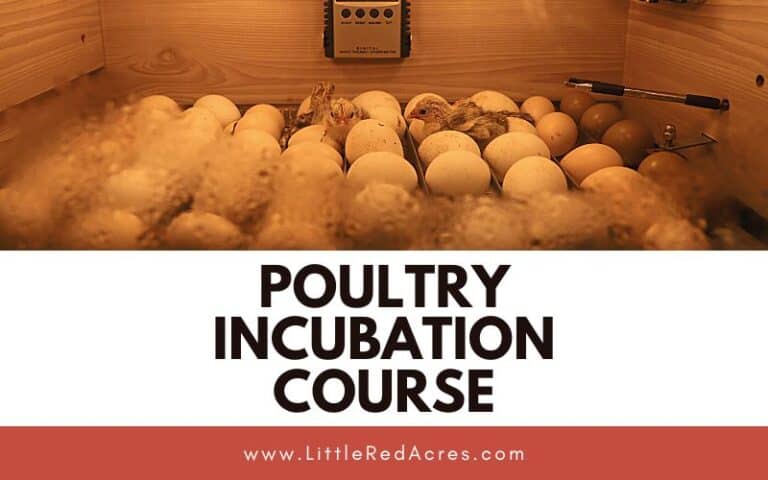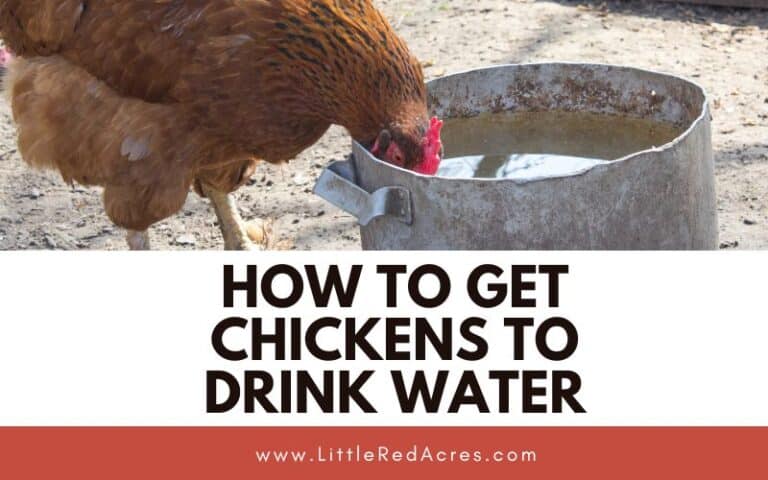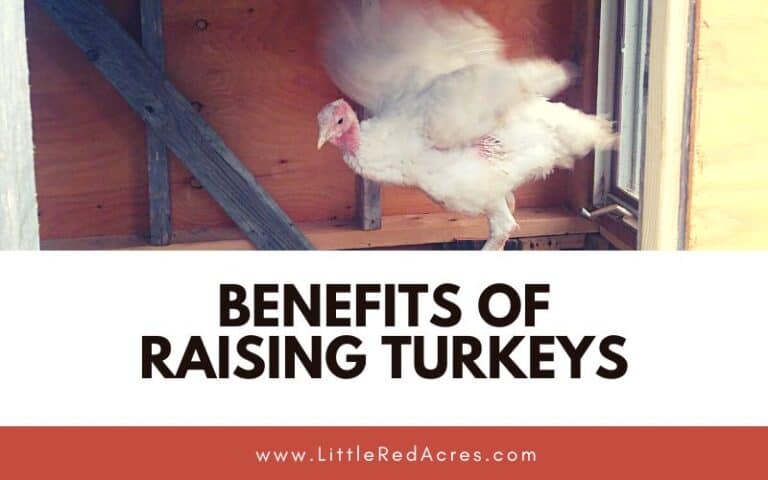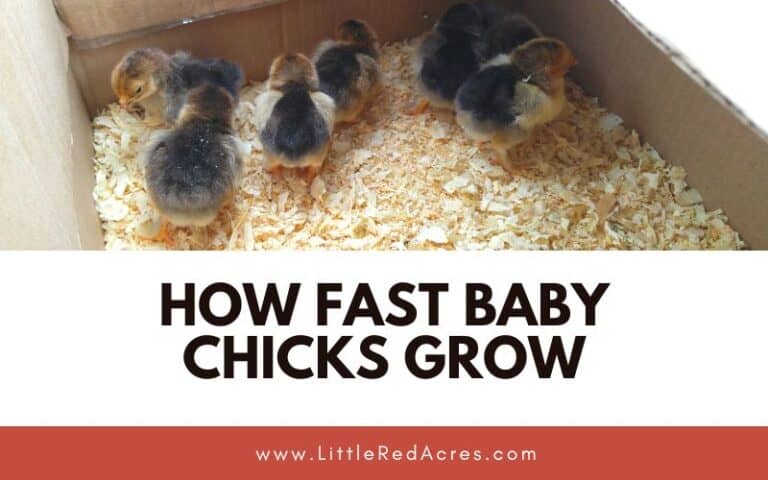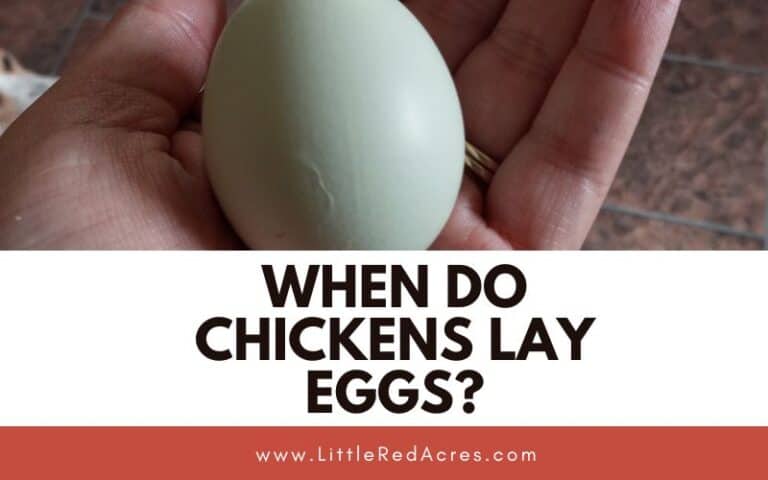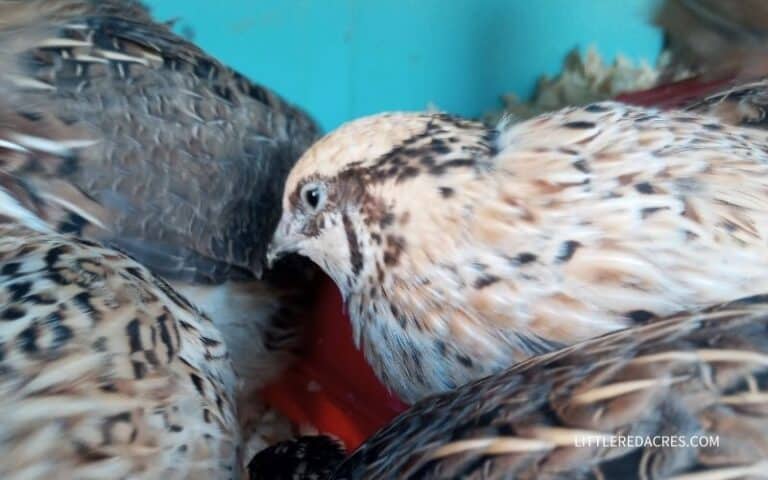Beginner’s Guide to Incubating Eggs
Inside: It takes 21 days on average for an egg to hatch once incubation begins. Make sure to have your incubator ready to go before setting eggs.
You have been checking your eggs for fertility and you are feeling confident that you have eggs to incubate, or maybe you have bought fertilized eggs. Now, what do you do? Let's talk about getting started with incubating eggs.
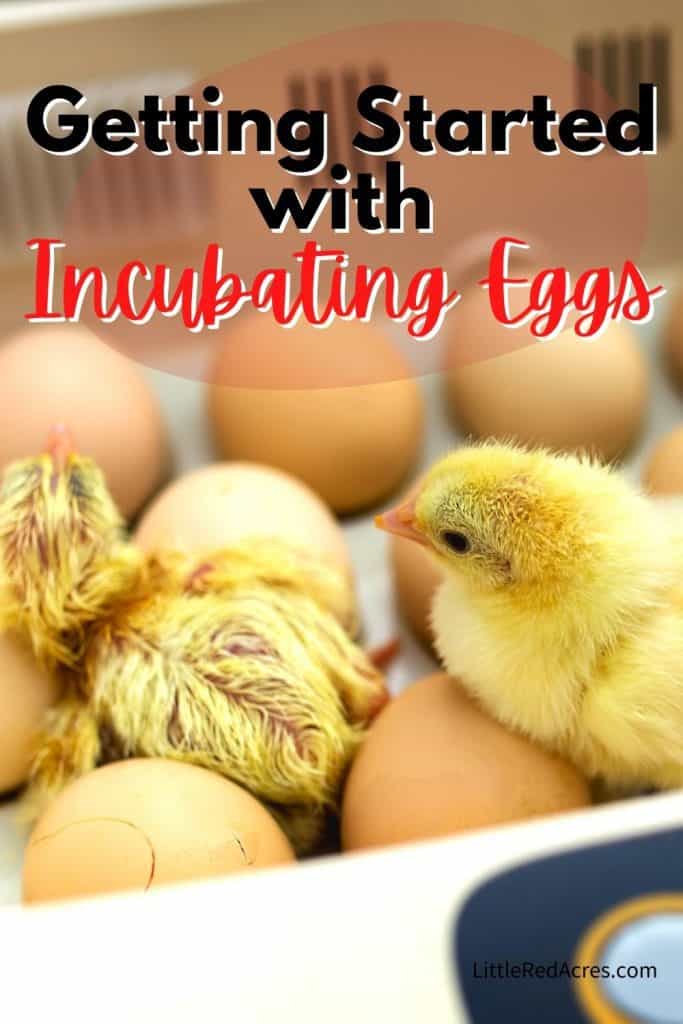
This post may contain affiliate links, see my disclosure policy for more information.
Beginner's Guide to Incubating Eggs
First, you are going to want to have everything you need, before you start collecting eggs.
You want to make sure that you have an incubator, and that you know how to use it! I have used three different incubators, and they are completely different in their setup and how they work.
Not all incubators have turners with them as part of the regular package I guess we'll say. Hovabators for example, the turner plate is something you have to buy separately.
Get updates & freebies delivered to your inbox!
Collecting Eggs for Incubating
When collecting eggs for incubating you want to remember that you do not wash the eggs or wipe eggs clean with a damp cloth. This removes the egg's protective coating, the bloom, and exposes it to the entry of disease organisms.
Avoid excessively large or small eggs. Large eggs hatch poorly and small eggs produce small chicks that aren't going to be up to standard and may not be that healthy.
Do not incubate excessively misshapen eggs. You want to hatch “perfect” eggs.
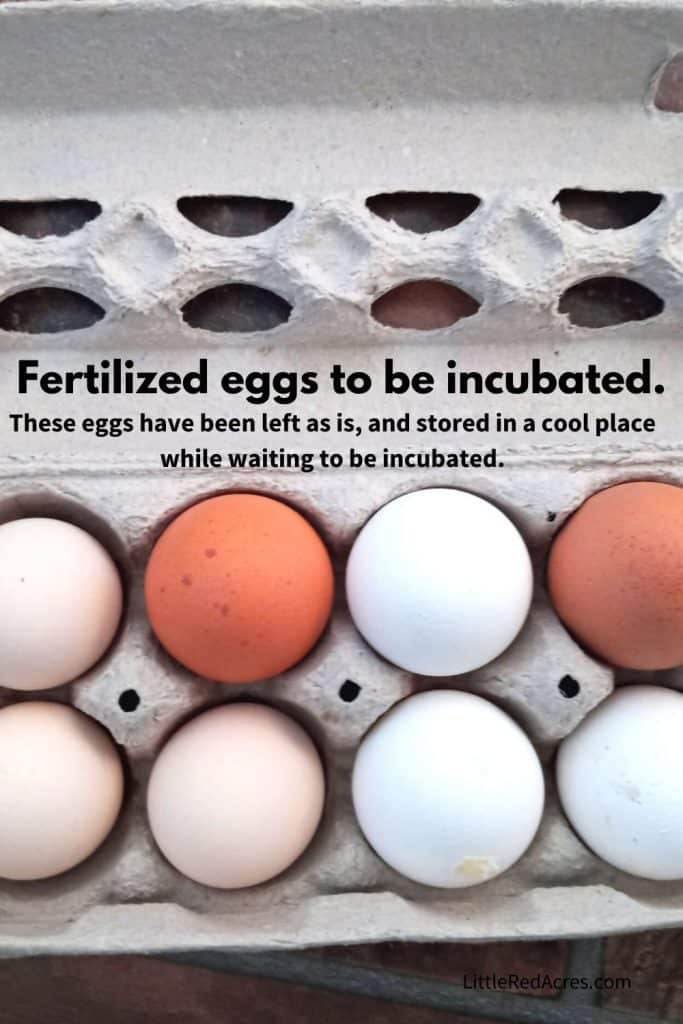
You can collect eggs for one week, keeping them in a cool place until you are ready to put them in your incubator. Store the eggs with the small end pointed downward. Do not store them in the fridge! You want to either wait until the weather is warmer or collect eggs as soon as they are laid so they don't get too cold.
As you can see below, I use an old egg carton to store our eggs as we collect them, you don't have to get fancy.
You can use a pencil to lightly write the date collected on the eggs, it can help to keep track of how long you have been collecting eggs to make sure that eggs are not too old when you put them in the incubator.
Setting Your Eggs
You want to mark your eggs with an X on one side and an O on the other side. This is critical if you are turning your eggs by hand. It helps to know which eggs have been turned.
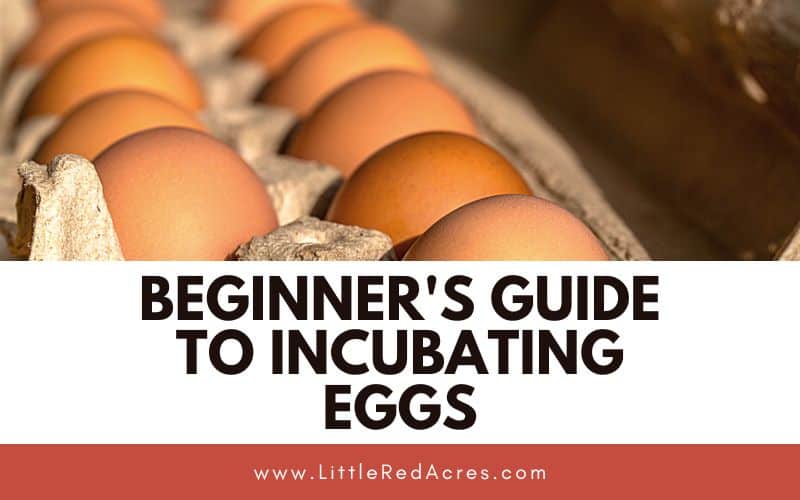
Turning Eggs
I have had experience using automatic egg tuners, and with turning eggs by hand. Yes, turning them by hand can be time-consuming but worth it when you have cute little fluff balls running around your incubator/hatcher/brooder. And you like to control things, yes, I like to control things. Then if they go wrong, I am to fault.
I turn our eggs at breakfast, lunch, and supper, I keep our incubators in the kitchen so it's easy to remember.
If you are using an automatic turner, remember to turn it off and remove the turner when you need to stop turning the eggs when you lock down your incubator. Removing the turner is very important.
You want your eggs to be laying down, with the small end pointed down. Now, thankfully with the way an egg is formed when you lay an egg down it naturally lays with the small point down.
If you are hand-turning your eggs, it is very simple.

When do you lockdown your incubator?
You are going to lockdown your incubator three days before they are due to hatch. Meaning, you are going to stop turning them, and you are going to stop opening the incubator. You don't want to disturb the chick as it gets into positing for hatching.
This is going to be different for different types of eggs. Quail eggs for example only take 18 days to hatch, chickens take 21 days.
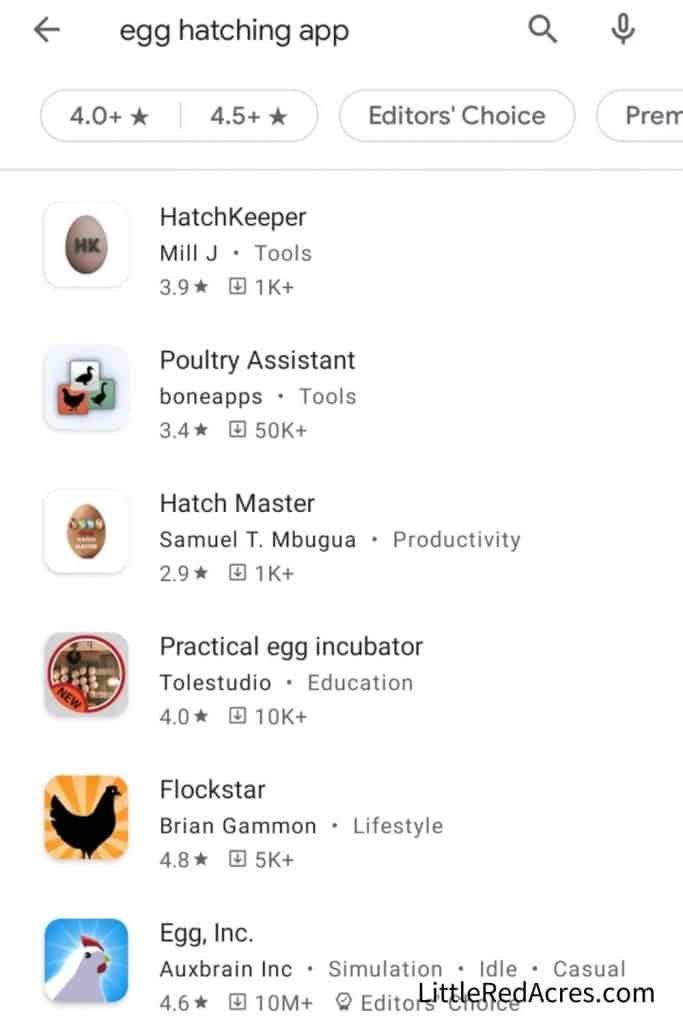
More Tips & Tricks for Incubating Eggs
I just recently learned that there are apps you can use to help you as you incubate and hatch eggs. I have one that is no longer available through Google Play – Hatchabatch but it was recommended to me by someone who has a lot of experience hatching eggs and uses it herself.
Using an app can be helpful just to remind you when you should candle, or when to go into lockdown.
No app is foolproof. There is always room for error in hatching. Whether something happens in the development of the egg, the chick development, or something else like a power outage.
Frequently Asked Questions
Can you put eggs straight into incubator? You should NOT set shipped eggs directly into an incubator upon their arrival. They need 24 hours to allow the yolks to settle and reach room temperature.
What happens if eggs don't hatch in 21 days? Chicks will likely hatch on Day 21, but they can go a couple more days. If your eggs haven't started to hatch by Day 23, they likely won't.

Want More?
7 Reasons to Have Backyard Chickens
5 Tips to Homesteading with Kids
How to Tell if Eggs are Fertilized

